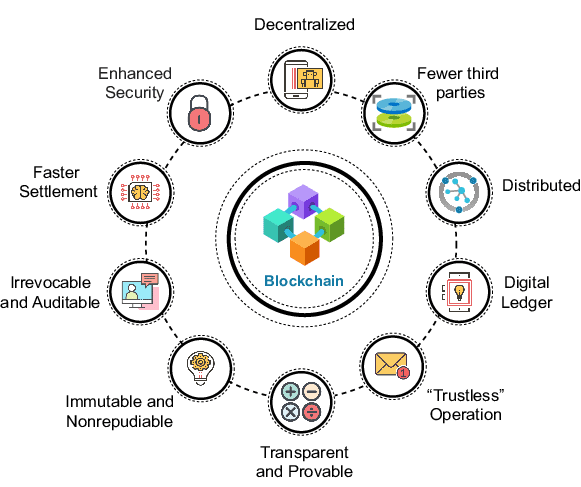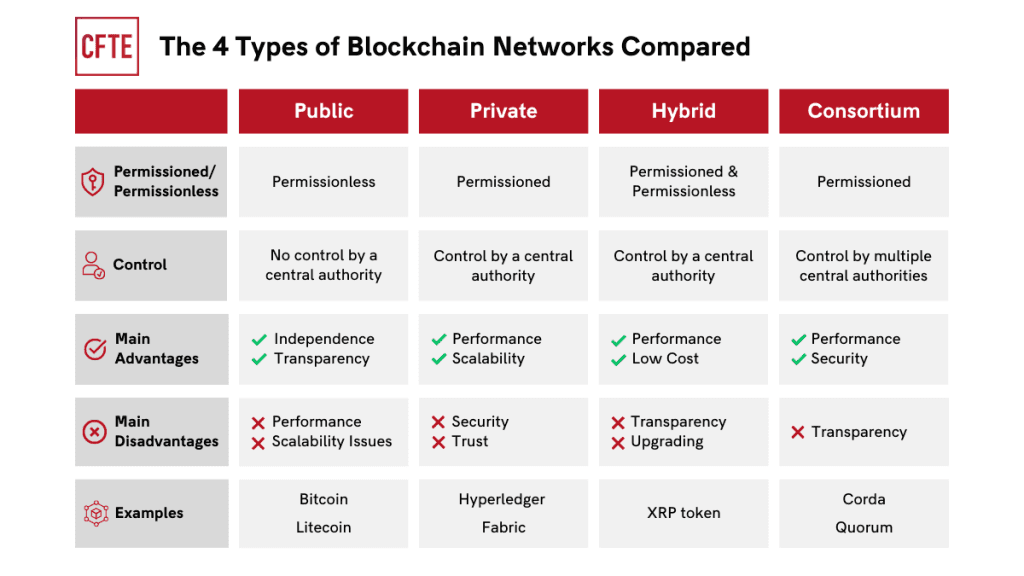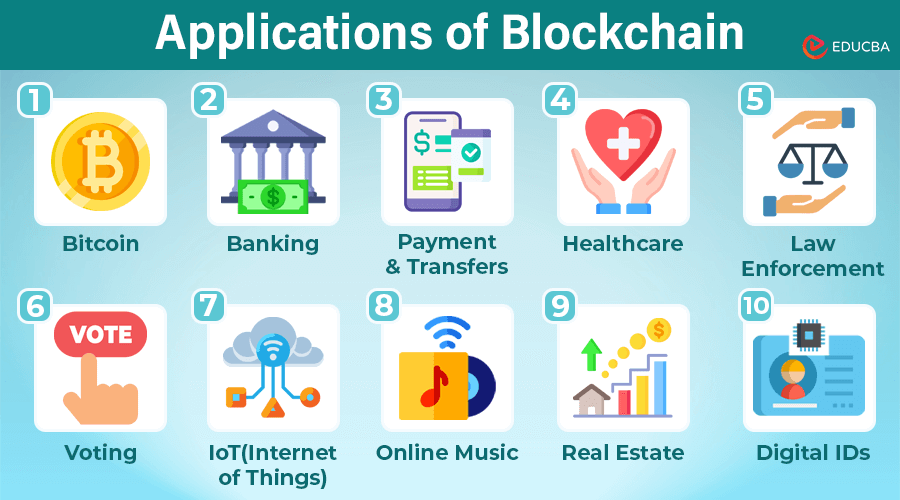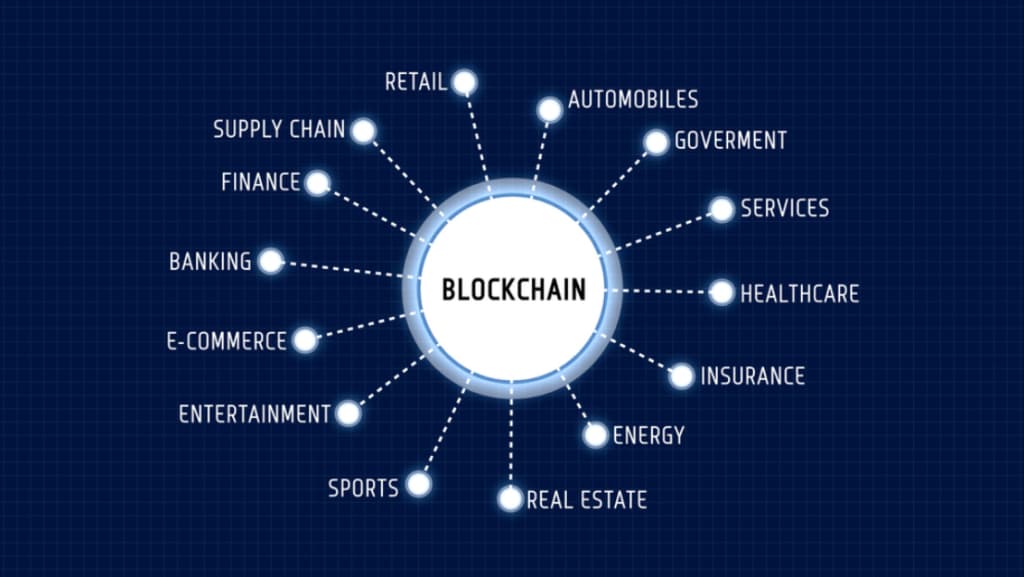What is Blockchain?

Introduction to Blockchain
Blockchain technology has been hailed as one of the most significant technological innovations since the internet. But what exactly is blockchain, how does it work, and why is it considered so revolutionary?
In its simplest form, a blockchain is a distributed digital ledger that records transactions across many computers in such a way that the registered transactions cannot be altered retroactively. This technology underpins cryptocurrencies like Bitcoin and Ethereum, but its potential applications extend far beyond digital currencies.
How Blockchain Works
The Building Blocks
A blockchain consists of a series of blocks, each containing:
- Data: Information about transactions (who sent what to whom)
- Hash: A unique digital fingerprint for the block
- Previous Hash: The hash of the previous block, creating a chain
The Consensus Mechanism
For a new block to be added to the blockchain, it must be validated through a consensus mechanism. The two most common mechanisms are:
- Proof of Work (PoW): Miners compete to solve complex mathematical puzzles. The first to solve it gets to add the new block and receive a reward. This is energy-intensive but secure.
- Proof of Stake (PoS): Validators are chosen to create new blocks based on how many coins they hold and are willing to "stake" as collateral. This is more energy-efficient than PoW.
Decentralization
Unlike traditional centralized systems where a single entity controls the data, blockchain distributes identical copies of the ledger across a network of computers (nodes). This decentralization offers several advantages:
- No single point of failure
- Resistance to censorship
- Transparency and auditability
- Enhanced security through cryptography

Key Features of Blockchain
Immutability
Once data has been recorded on a blockchain, it is extremely difficult to change or delete. Each block contains the hash of the previous block, creating a chain where altering any block would require changing all subsequent blocks as well. This makes blockchain an excellent tool for maintaining records that need to be tamper-proof.
Transparency
All transactions on a public blockchain are visible to anyone participating in the network. This transparency helps build trust in the system, as anyone can verify transactions without relying on a central authority.
Security
Blockchain uses advanced cryptographic techniques to secure data. To compromise a blockchain, an attacker would need to control more than 50% of the network's computing power (in a PoW system) or stake (in a PoS system), which is typically prohibitively expensive or difficult.
Efficiency
Blockchain can streamline processes by removing intermediaries and reducing administrative overhead. This can lead to faster transaction times and lower costs, especially for cross-border transactions.
Types of Blockchains

Public Blockchains
Public blockchains are open to anyone. Anyone can read, write, and participate in the consensus process. Examples include Bitcoin and Ethereum. These blockchains are fully decentralized and transparent but may have scalability limitations.
Private Blockchains
Private blockchains restrict access to approved participants only. They are often used within organizations or consortiums where privacy and control are important. While they sacrifice some decentralization, they typically offer better performance and more privacy.
Consortium or Federated Blockchains
These are a hybrid of public and private blockchains where the consensus process is controlled by a pre-selected group of nodes. They provide some of the benefits of both public and private blockchains and are commonly used in business settings.
Applications of Blockchain

Cryptocurrencies
The most well-known application of blockchain is cryptocurrency. Bitcoin, the first blockchain-based cryptocurrency, was introduced in 2009 and has since inspired thousands of other digital currencies.
Smart Contracts
Smart contracts are self-executing contracts with the terms directly written into code. They automatically execute when predefined conditions are met, eliminating the need for intermediaries and reducing the risk of fraud.
Supply Chain Management
Blockchain can track the movement of goods through a supply chain, providing transparency and traceability. This can help verify authenticity, reduce counterfeiting, and improve efficiency.
Voting Systems
Blockchain-based voting systems could potentially make elections more secure and transparent while reducing the cost and complexity of the voting process.
Healthcare
Blockchain can securely store and share medical records, ensuring patient privacy while allowing authorized healthcare providers to access critical information quickly.
Challenges and Limitations
Scalability
Many blockchain networks, especially those using Proof of Work, face scalability issues. They can only process a limited number of transactions per second, which is insufficient for certain applications.
Energy Consumption
Proof of Work blockchains like Bitcoin consume significant amounts of energy, raising environmental concerns. However, alternatives like Proof of Stake are much more energy-efficient.
Regulatory Uncertainty
Blockchain and cryptocurrencies operate in a complex and evolving regulatory landscape, which can create uncertainty for businesses and investors.
Complexity and Usability
Blockchain technology can be complex and difficult for the average person to understand and use. Improving user experience is a key challenge for widespread adoption.
The Future of Blockchain

Blockchain technology is still in its early stages, but its potential is vast. As the technology matures, we can expect:
- Improved scalability through layer-2 solutions and new consensus mechanisms
- Greater interoperability between different blockchain networks
- More user-friendly interfaces and applications
- Integration with other emerging technologies like AI and IoT
- Wider adoption across various industries and sectors
Conclusion
Blockchain represents a fundamental shift in how we record, store, and verify data. By enabling secure, transparent, and efficient transactions without the need for intermediaries, blockchain has the potential to transform numerous industries and aspects of our digital lives.
Whether blockchain will fulfill its revolutionary potential remains to be seen, but its impact is already significant and growing. As with any emerging technology, understanding its fundamentals, capabilities, and limitations is essential for navigating its evolving landscape.
"Blockchain is to trust as the internet is to information." — Bettina Warburg